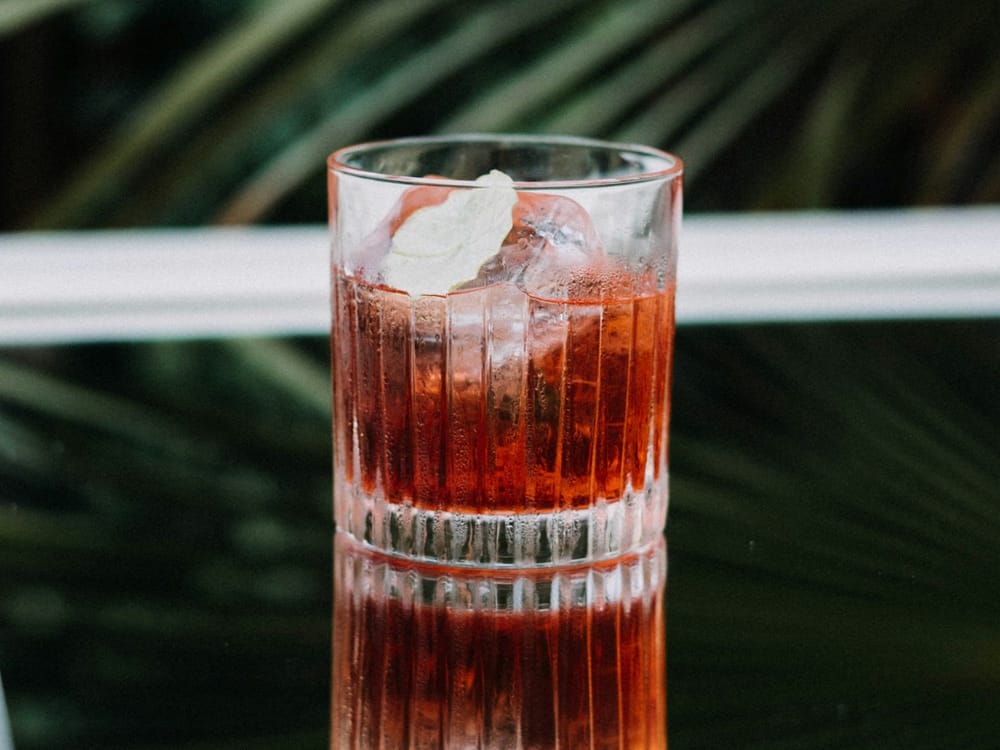Earlier this year, I went on a 30-day run without drinking. It was supposed to start when the ball dropped — a dry January. Yet several factors led me to postponing my dry run by one week. Naturally, I started the day that insurrectionists stormed the Capitol. Here’s how I got there.
I was one of millions of people who transitioned to remote work during the Covid-19 pandemic. I’m fortunate that I was able to do so, but that has meant that I’m constantly close to my liquor cabinet. Without a commute or a chunk of time spent in the office, alcohol has been within extremely easy reach.
Sure, back in the good ol’ days, I’d sometimes stop after work somewhere to have a few drinks. But as any casual wino knows, drinking in a bar quickly adds up. Price markup aside, I’d sometimes tip more than the retail cost of one bottle. Financial prudence alone limited how much I indulged. Meanwhile, at home I can easily afford to drink well into the night.
Gradually, my mostly weekend drinking habit became a damn near daily habit. I should’ve known I was in trouble when I figured out how many shots were in a bottle of Jim Beam by drinking the entire thing. (No need for you to find out yourself; the answer is about 16.)
In the past, I’d never kept much liquor at home. I knew from experience that I couldn’t put together a real home bar — I’d buy a few bottles and drink them all to the dregs. There’d usually be long droughts before I’d replenish them, during which I’d barely drink at home. Such breaks would last for months. Then months moved to weeks.
I became very aware of how I’d been regularly soothing uncomfortable feelings with alcohol. Instead, I worked on sitting with those feelings or finding other ways to cope.
I knew I was drinking more than usual. So I took stock. I hadn’t been drinking and driving or having alcohol-fueled fights with my wife. My work hadn’t suffered. There’s no history of alcoholism in the family. Still, more occasions seemed to call for a cocktail. In good times, all red-blooded Americans celebrate with a beer or a stiff drink, right? Instead, I found the entire damn year to be trash. And I could see myself numbing that trashiness with a drink. I felt increasingly physically trapped with no end in sight.
I had built a pattern with a cadence reminiscent of Kendrick Lamar’s “Swimming Pools (Drank)”:
Democracy at risk? Drink.
Work trouble? Drink.
Writer’s block? Drink.
Too dark outside? Drink.
Too cold outside? Drink.
I needed to take a break.
I’d be lying if I said it was hard. I didn’t struggle, but I became very aware of how I’d been regularly soothing uncomfortable feelings with booz. Instead, I worked on sitting with those feelings or finding other ways to cope. I found some positive ways to support my sober lifestyle. I read more for pleasure, took long baths, and talked to my wife about my feelings. But I also ate more than I should. Like the bar, the fridge has been within easy reach, too.
I quickly saw benefits to my sobriety: I slept better, I was more engaged with my family, and it turns out that a clearer head can do wonders for creativity.
I won’t stop drinking completely, but for now I’m learning how to go forward in temperance and moderation. I think I’m going to institute some rules about when I’ll drink. (“It’s 5 p.m. somewhere” is probably a little too loose.) I’m going to focus on keeping my drinking social rather than solo. And while I’ve still got some adjustments to make, my reset has been a good start.
I’ll drink to that. Or, actually, maybe I won’t.
